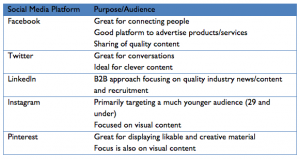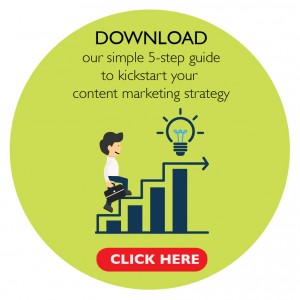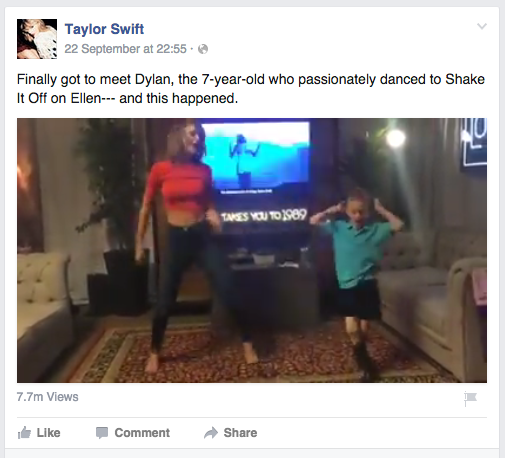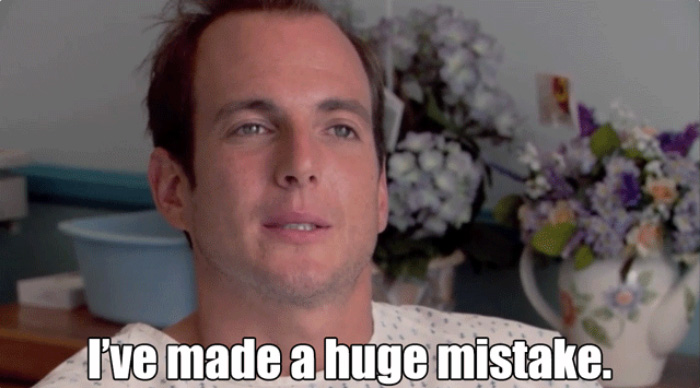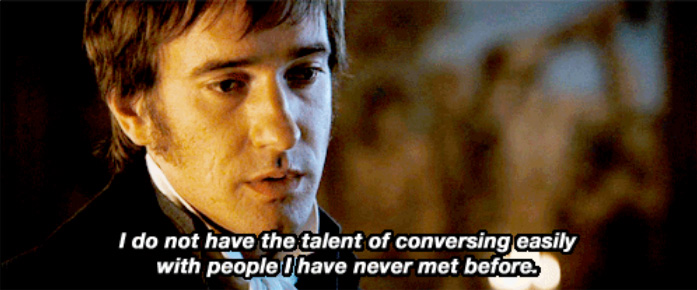With the increasing global smartphone ownership, social media surrounds us. It’s inescapable, and for businesses, it means we can interact with anyone at any time.
Having said that, it’s a common misconception that brands need to be on every social media channel possible to achieve mass coverage. I’ve seen businesses get excited and set up accounts across all the major social media platforms expecting a wave of new business overnight. And then… nothing!
Like a content marketing strategy, social media takes focus and dedicated long-term commitment – there is no overnight success. Let’s take a look at Facebook, Twitter, LinkedIn, Instagram, Pinterest. Each social media platform is targeting a unique audience with a dedicated engagement purpose:
So, how do you go about selecting what is right for your brand? Well, to make it simple, here are some handy tips to get you thinking about how to make the most of your social media.
1 – Start with purpose
Goal tracking matters! There must be a purpose to your online presence. Write down why you are actually using social media and what it is you would like to achieve. What is the business goal of your strategy? Hint: It’s the things your CEO or investors want.
Get everything down on paper, as chances are, you’ll more likely stick to your goals!
2 – Be strategic
Most companies can’t be perfect on every platform so, instead of being average at all of them, select a couple that match your business goals and rock them! Here are a couple of things to think about:
- Who is your target audience and how will you reach them?
- How does your social media strategy help you reach your core business objectives?
- How will you nurture your followers in order to convert them?
You need to have a clear social media strategy and work out a plan to realistically implement it. Set up a schedule for each week and stick to it – and you can always review it as you go.
3 – Allocate your resources and budget
Do you have time to work on your social media? Or do you plan to outsource this? Whether it’s yourself or someone else working on it, there needs to be significant time dedicated to social media posts and engagement every day.
The intensity of your posts depends on your goals but ensure that you have a solid structure in place in the form of a content calendar that will help you keep track of everything. Allocate a budget that you are comfortable in spending to boost or advertise your posts as this will also help you widen your reach and, is cost effective at the same time.
4 – Keep calm and be patient
Be persistent and don’t freak out if you aren’t an instant overnight success. Remember that a solid social media strategy takes time and patience. The more time you dedicate to your social media strategy, the better outcomes you will get!
Brands have a massive opportunity to utilise social media and if your business does not have some sort of social media presence, chances are you are still living in the dark ages. Step out from under that rock and embrace the social world…it’s truly powerful, and a great and cost effective way to engage with your target audience.
Be careful though, if you don’t have a dedicated in-house social media specialist, there is absolutely no benefit to having any channels linked to your business. In 2016, social media is a full time job. Keep it simple and remember that less is more! Only pick what’s right for your business!
Looking for some structure and strategy around your social media campaign? Get in touch with us at [email protected]

